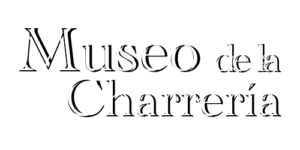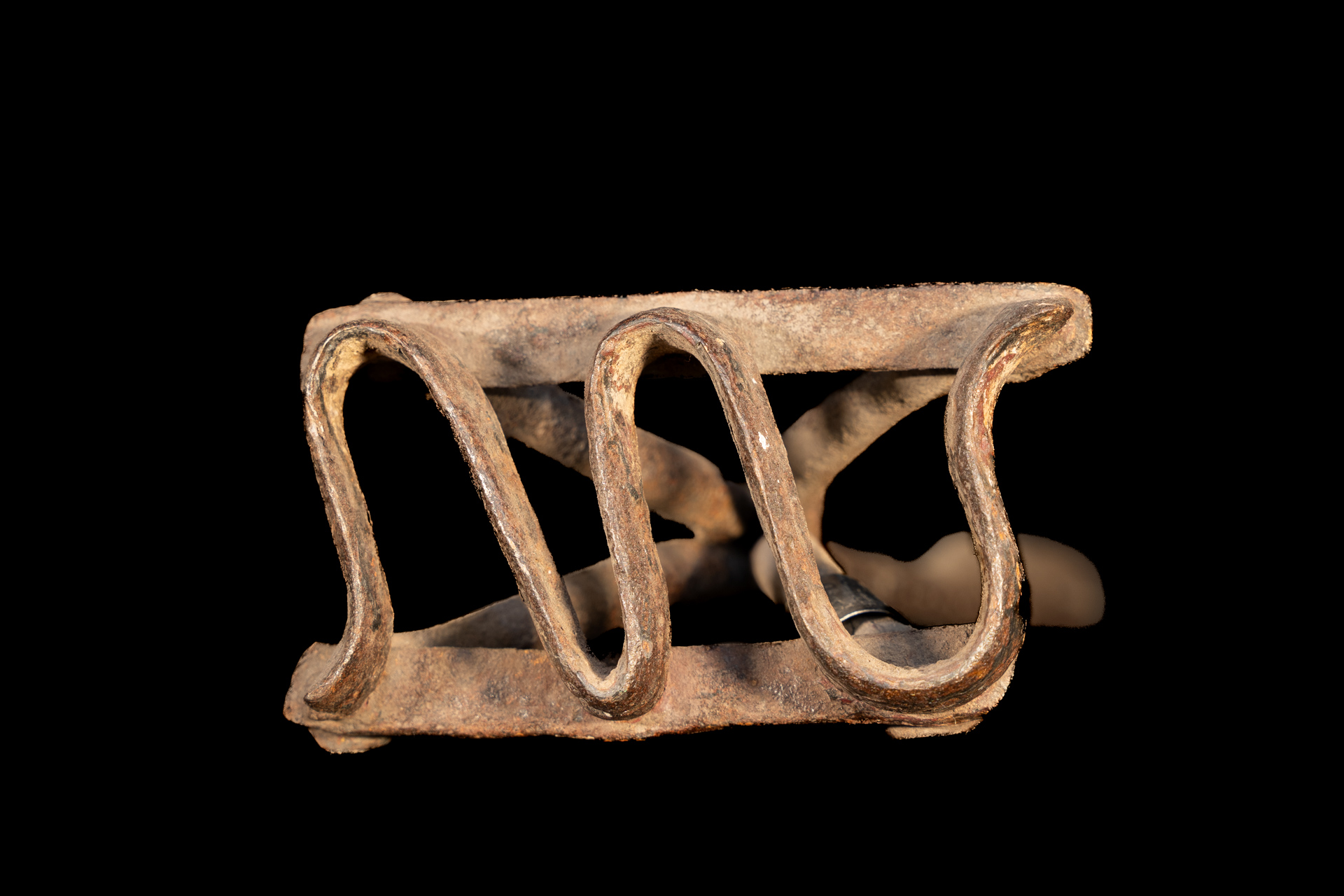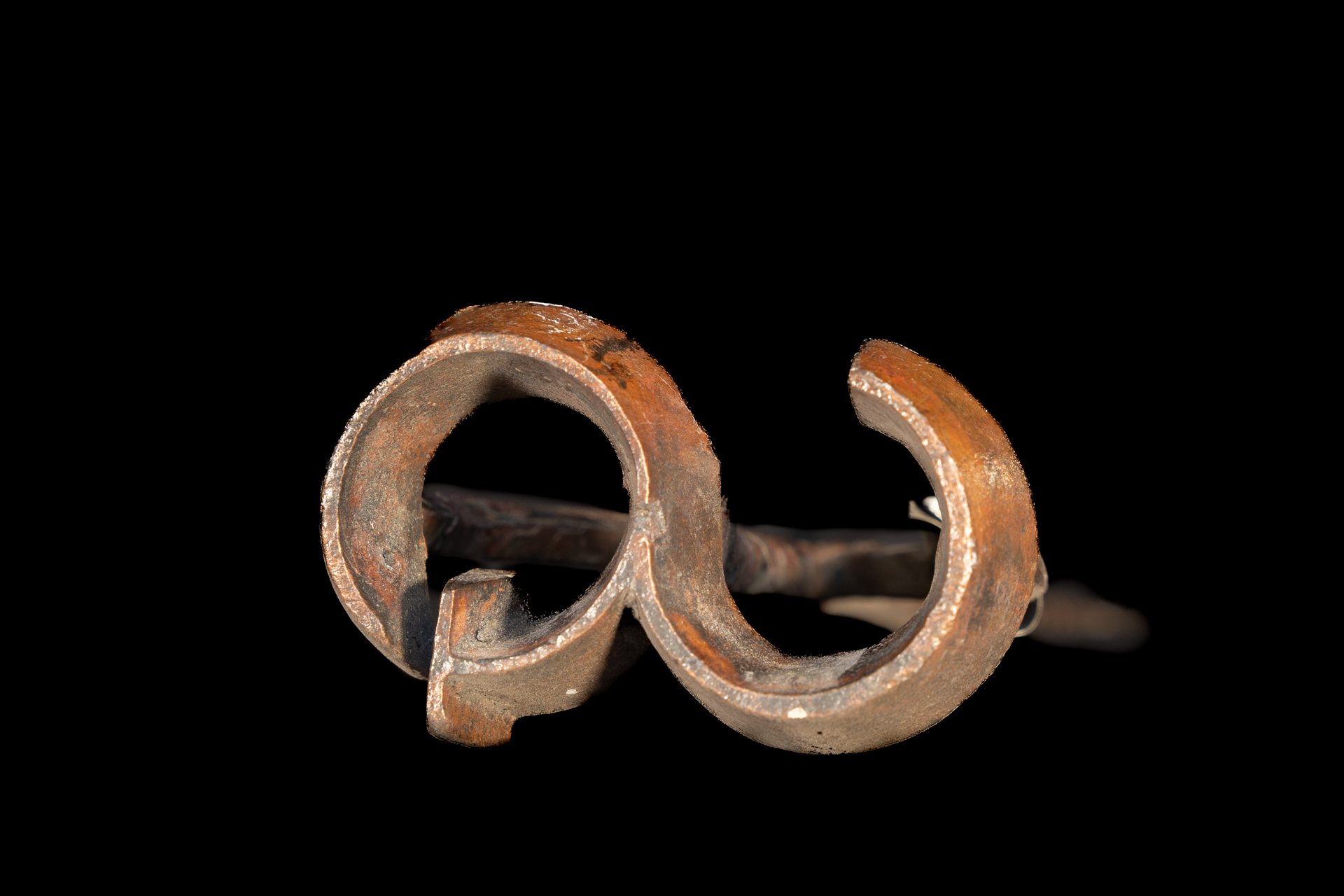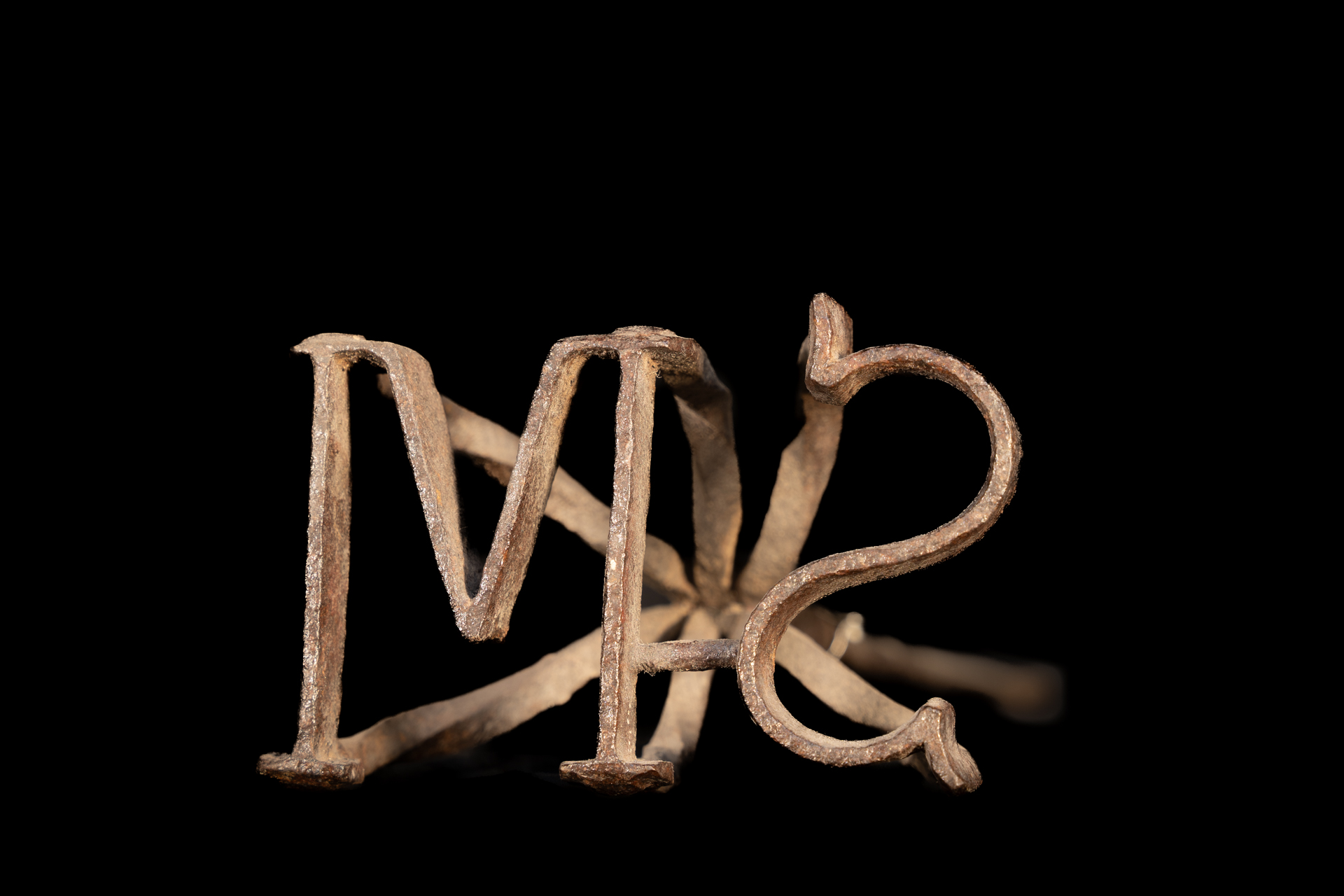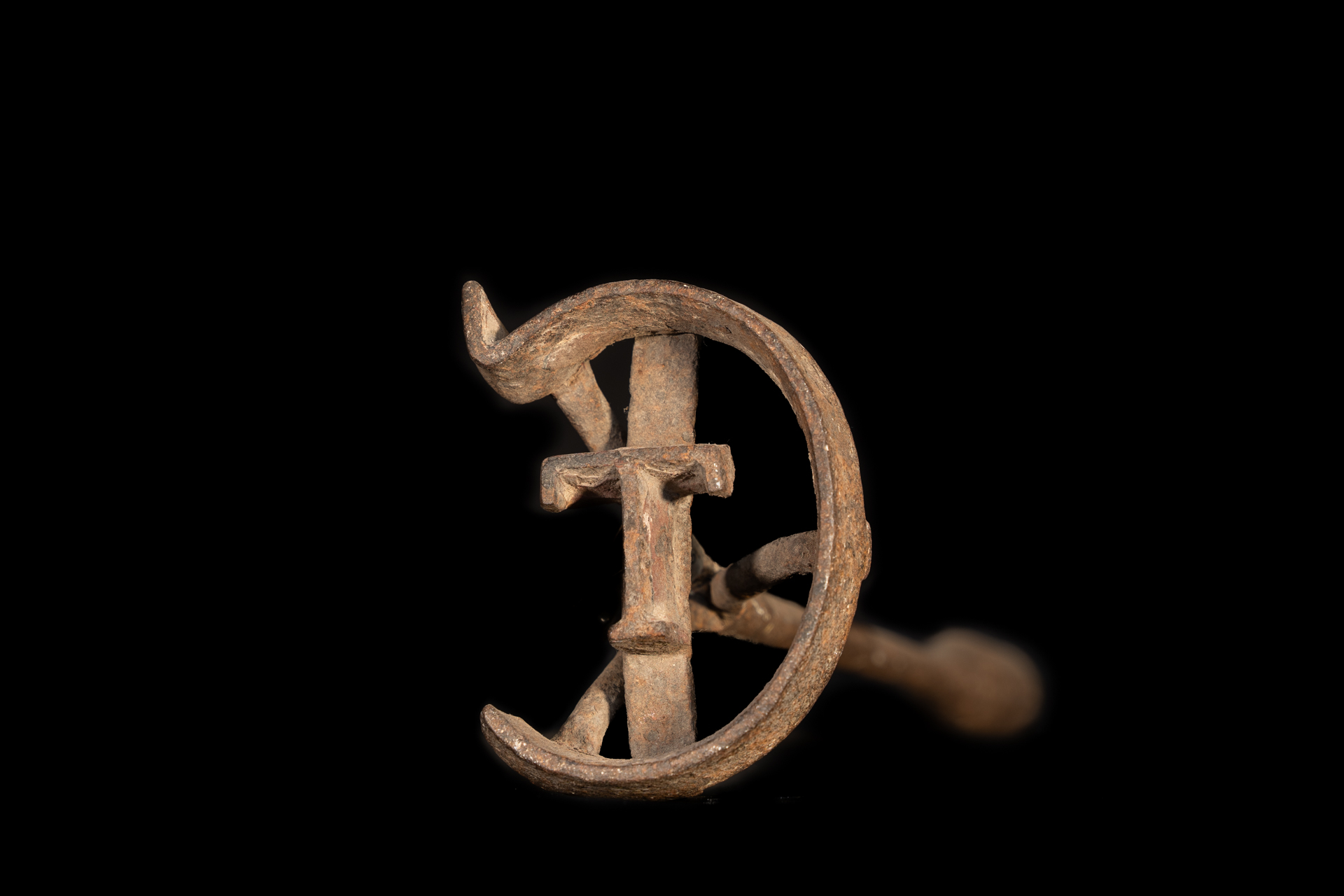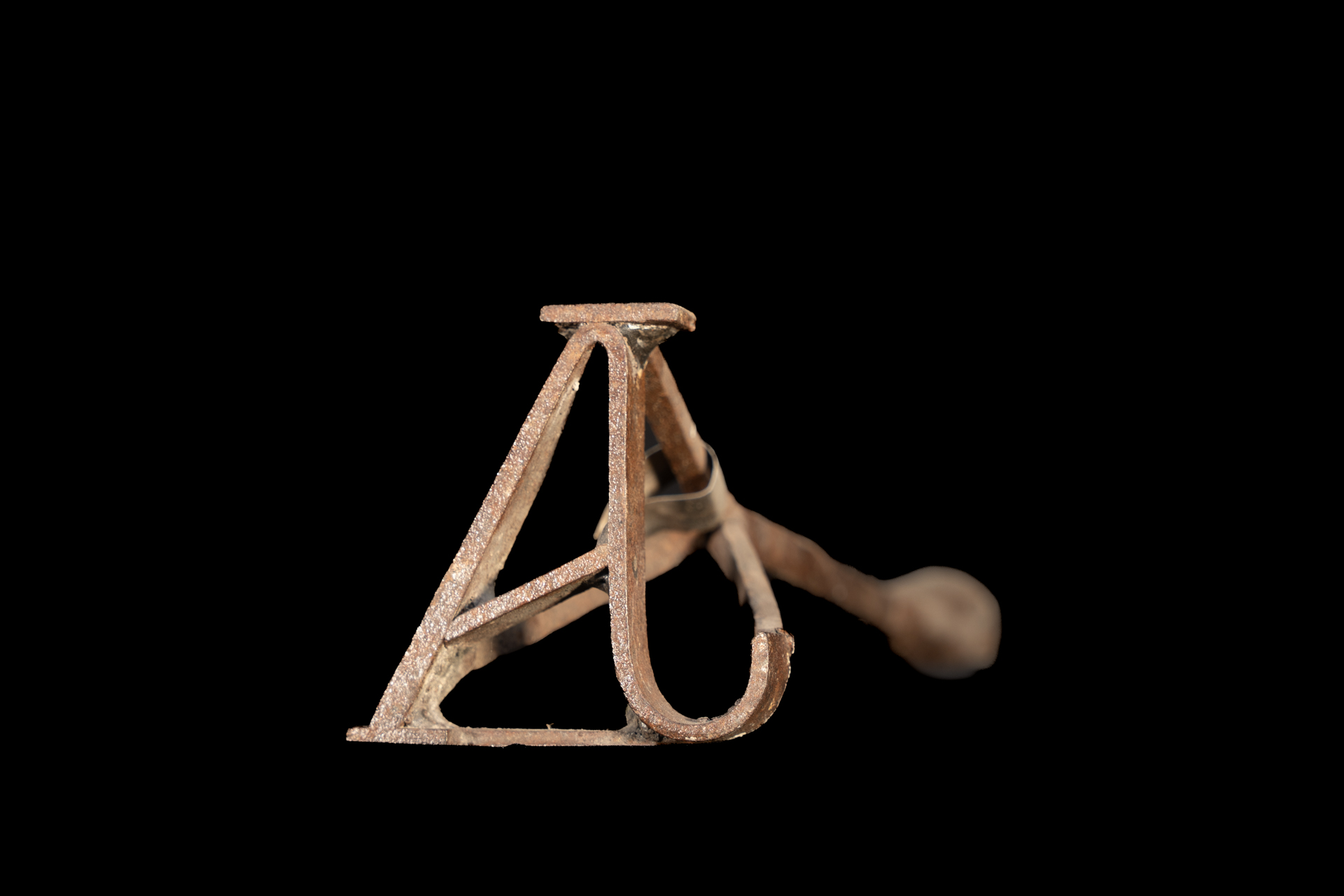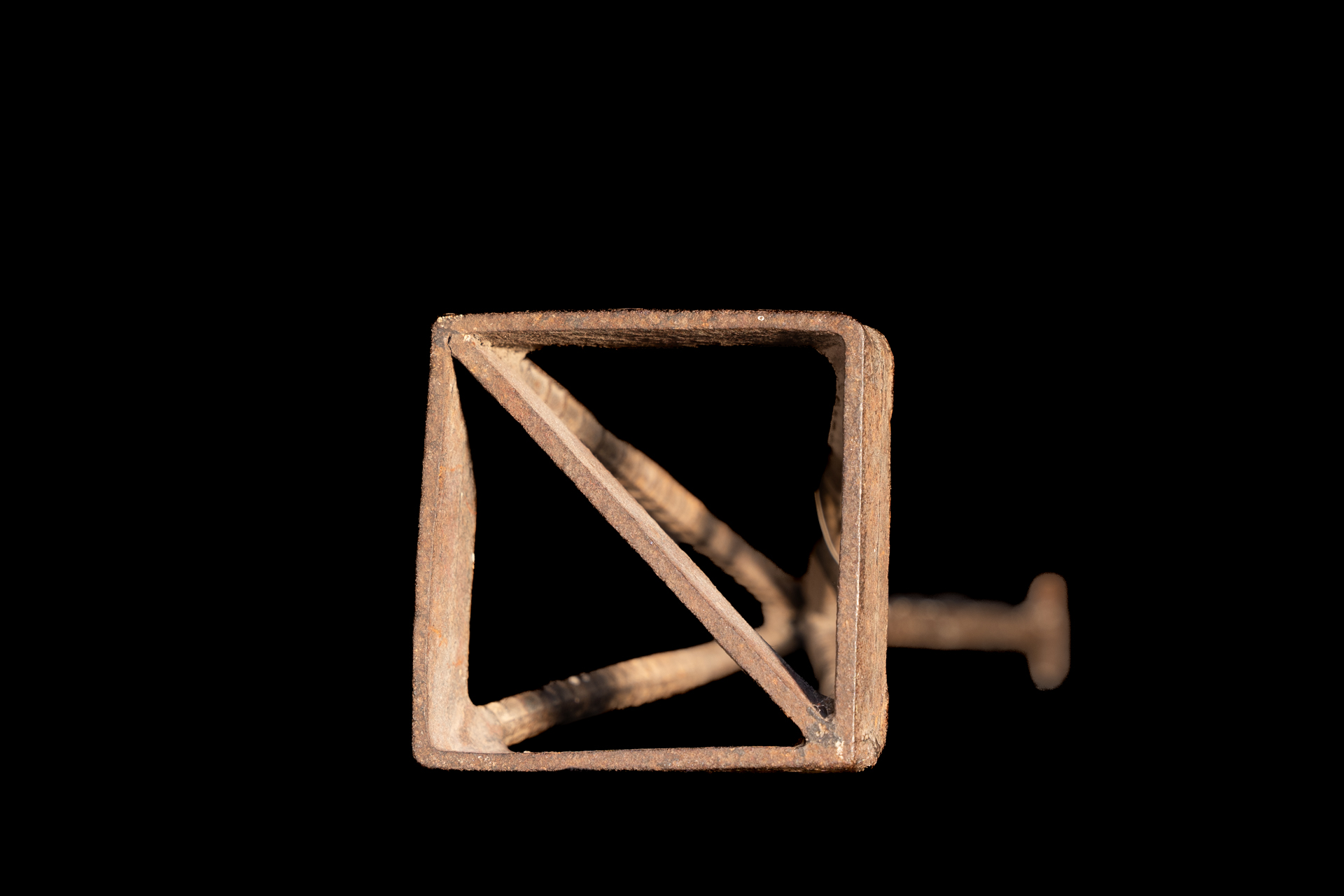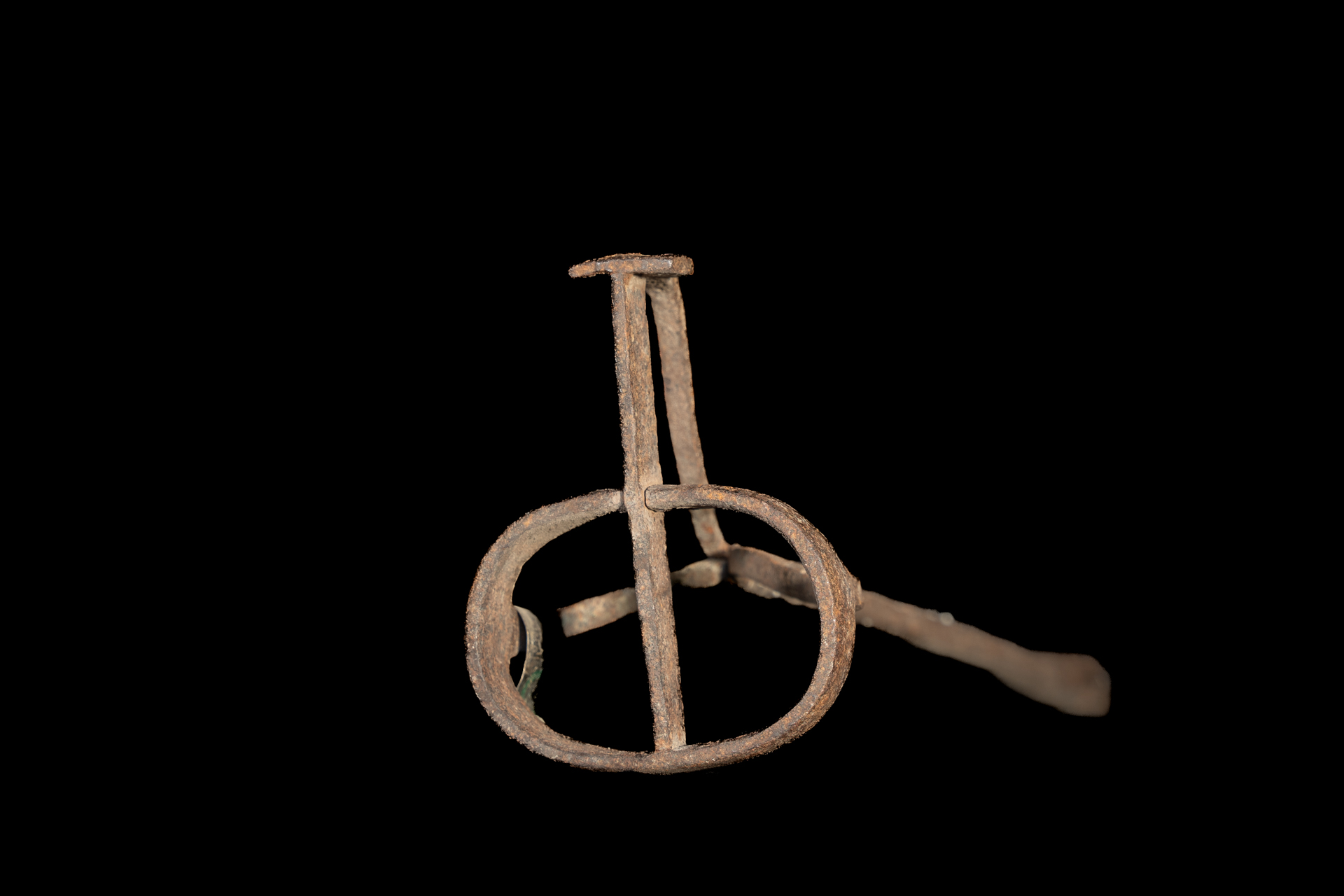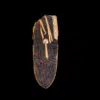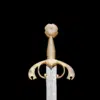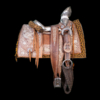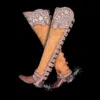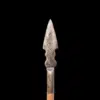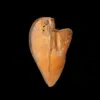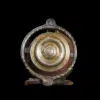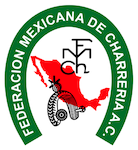CATTLE BRANDING IRONS
At the Museo Nacional de la Charrería, one of the most outstanding elements of our collection are the cattle branding irons. These utensils are not only fundamental tools in the practice of cattle ranching, but also represent one of the precursor elements of charrería, an emblematic activity of Mexican identity.
Our exhibition of cattle branding irons presents a varied collection of these instruments, each with its own unique design, used to identify different livestock properties. Each fierro tells a story, reflecting the diversity and richness of Mexico's ranching traditions.
History and Relevance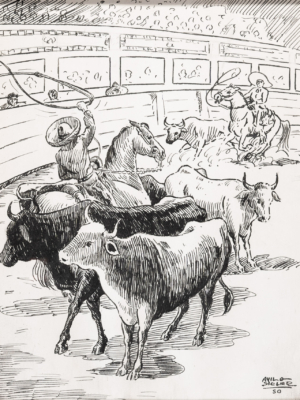 Cattle branding irons emerged as a necessity during colonial times in Mexico, when cattle handling became a crucial economic activity. The Tribunal de la Mestaalso known as the Brotherhood of the Mestawas an institution whose origin dates back to Spain in the 13th century and which had a significant influence in New Spain. This entity played a fundamental role in the
Cattle branding irons emerged as a necessity during colonial times in Mexico, when cattle handling became a crucial economic activity. The Tribunal de la Mestaalso known as the Brotherhood of the Mestawas an institution whose origin dates back to Spain in the 13th century and which had a significant influence in New Spain. This entity played a fundamental role in the
regulation and control of livestock, establishing standards and records for animal ownership and management.
The Tribunal de la Mestaformally established in Mexico in the 16th century, was an organization of ranchers that oversaw livestock practice, including the use of fierros to brand cattle. Its main function was to resolve disputes related to livestock and to ensure that each owner could clearly identify his animals, thus preventing theft and loss of livestock. 1.
Impact on Charrería
The regulation and management of cattle through the use of fierros marked the beginning of charrería. The need to handle the cattle, including herding, lassoing, felling, immobilizing, branding and curing the cattle, gave rise to the different skills that today constitute the suertes charras of our national sport. The Terna in the RuedoThe horse, in particular, is the fundamental luck of the charrería. The cowboys and ranchers, who were originally indigenous and mestizos, found in the use of horses and cattle tools a way of life. It was precisely because of the need to manage cattle that the viceroy granted the indigenous and mestizos the possibility of riding horses, breaking with the initial restrictions imposed by the Spanish Crown. 2.
References
1: Carlos Moreno, *Historia del Tribunal de la Mesta en la Nueva España* (Mexico City: Fondo de Cultura Económica, 1998), 45-67. URL: [https://fce.com.mx/historia-mesta](https://fce.com.mx/historia-mesta)
2: José Luis Martínez, *La vida en el campo: Indígenas y mestizos en la Nueva España* (Mexico City: Siglo XXI Editores, 2002), 123-145. URL: [https://sigloxxieditores.com/vida-campo](https://sigloxxieditores.com/vida-campo)
